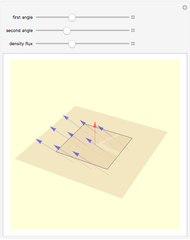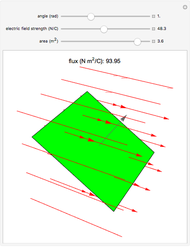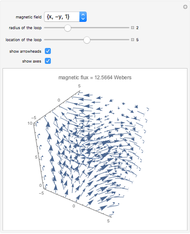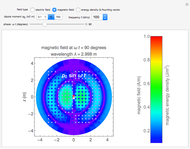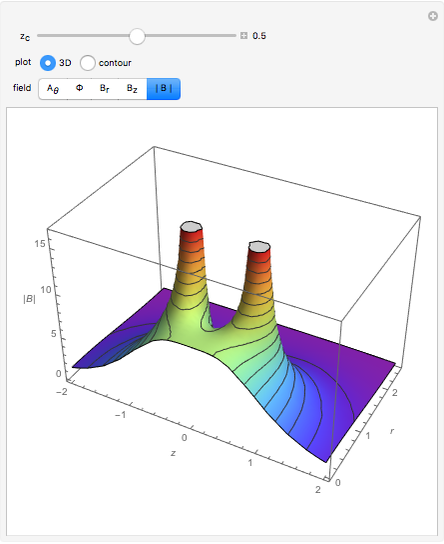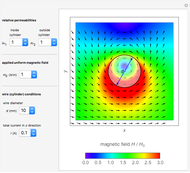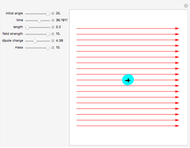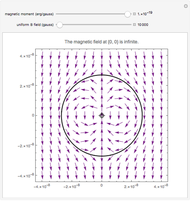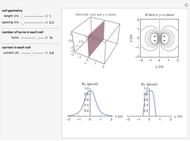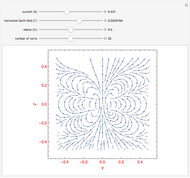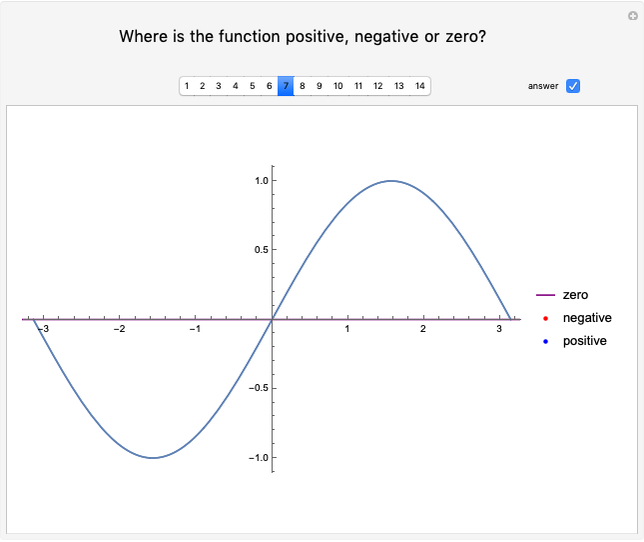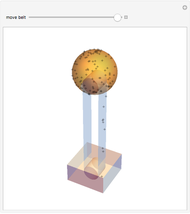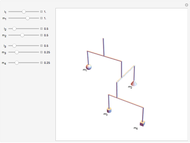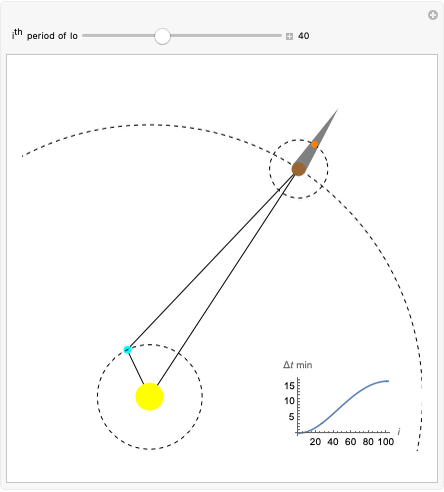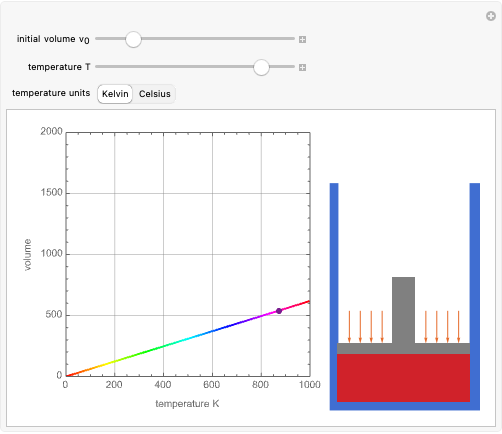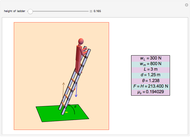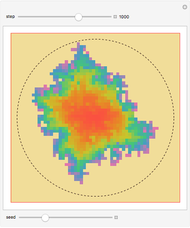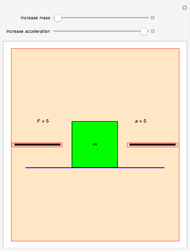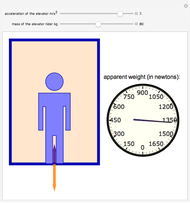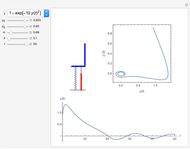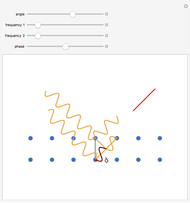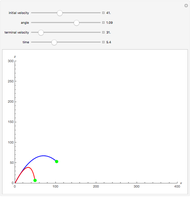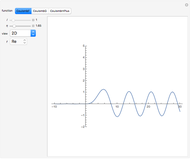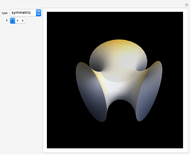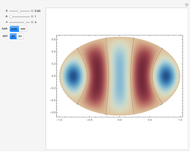Gauss Law in Electrostatics

Requires a Wolfram Notebook System
Interact on desktop, mobile and cloud with the free Wolfram Player or other Wolfram Language products.
The net electric flux through any closed surface is proportional to the charge enclosed by the surface (in this case a sphere or a cube). Notice that when the charge is inside the surface, all vectors representing the electric flux point outward, but when the surface is moved and no longer encloses the charge, the flux entering one side exits the opposite side and the net flux equals zero.
[more]
Contributed by: Enrique Zeleny (November 2011)
Open content licensed under CC BY-NC-SA
Snapshots
Details
The law can be expressed in differential form as  , where
, where  is the divergence of the electric field,
is the divergence of the electric field,  is the charge density, and
is the charge density, and  is the permittivity of free space. This can be rewritten in integral form as
is the permittivity of free space. This can be rewritten in integral form as  , where
, where  is the differential element of area in the integration over the closed surface and
is the differential element of area in the integration over the closed surface and  is the enclosed charge.
is the enclosed charge.
Permanent Citation
"Gauss Law in Electrostatics"
http://demonstrations.wolfram.com/GaussLawInElectrostatics/
Wolfram Demonstrations Project
Published: November 3 2011






